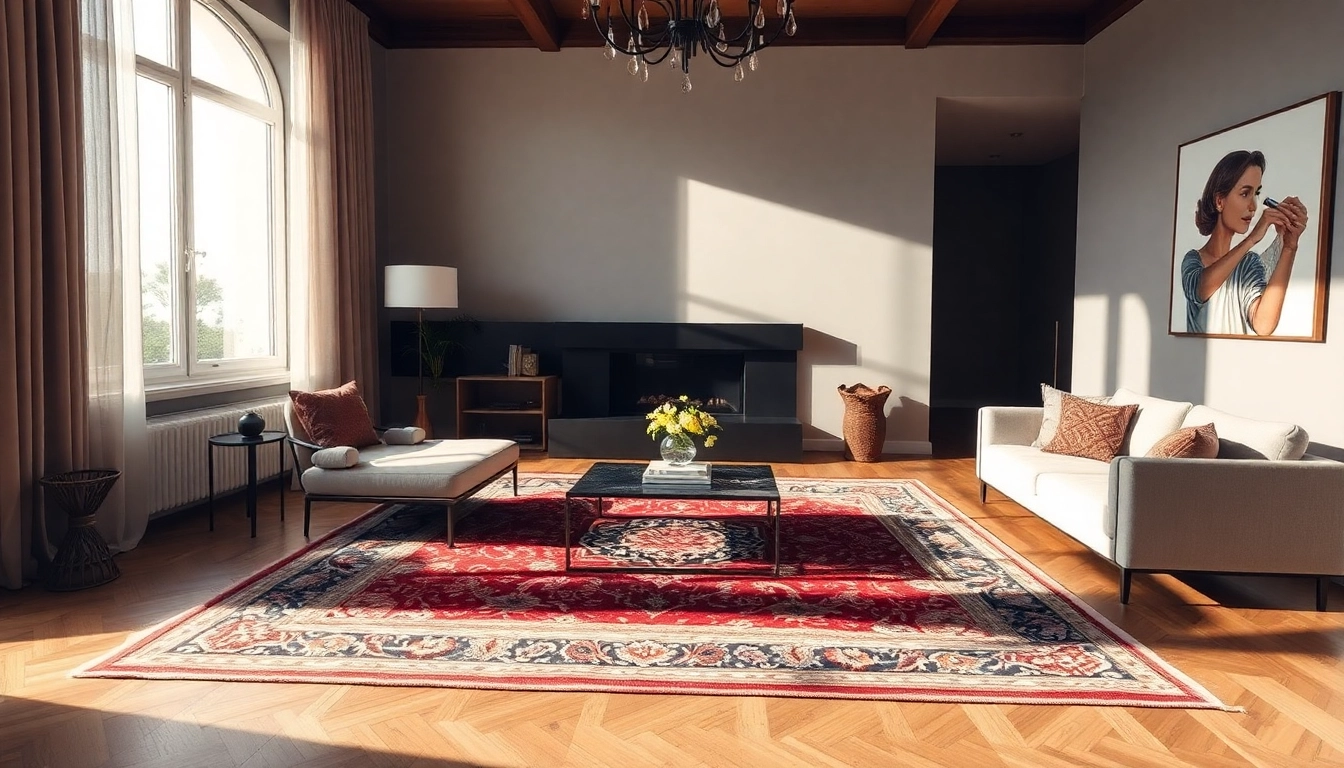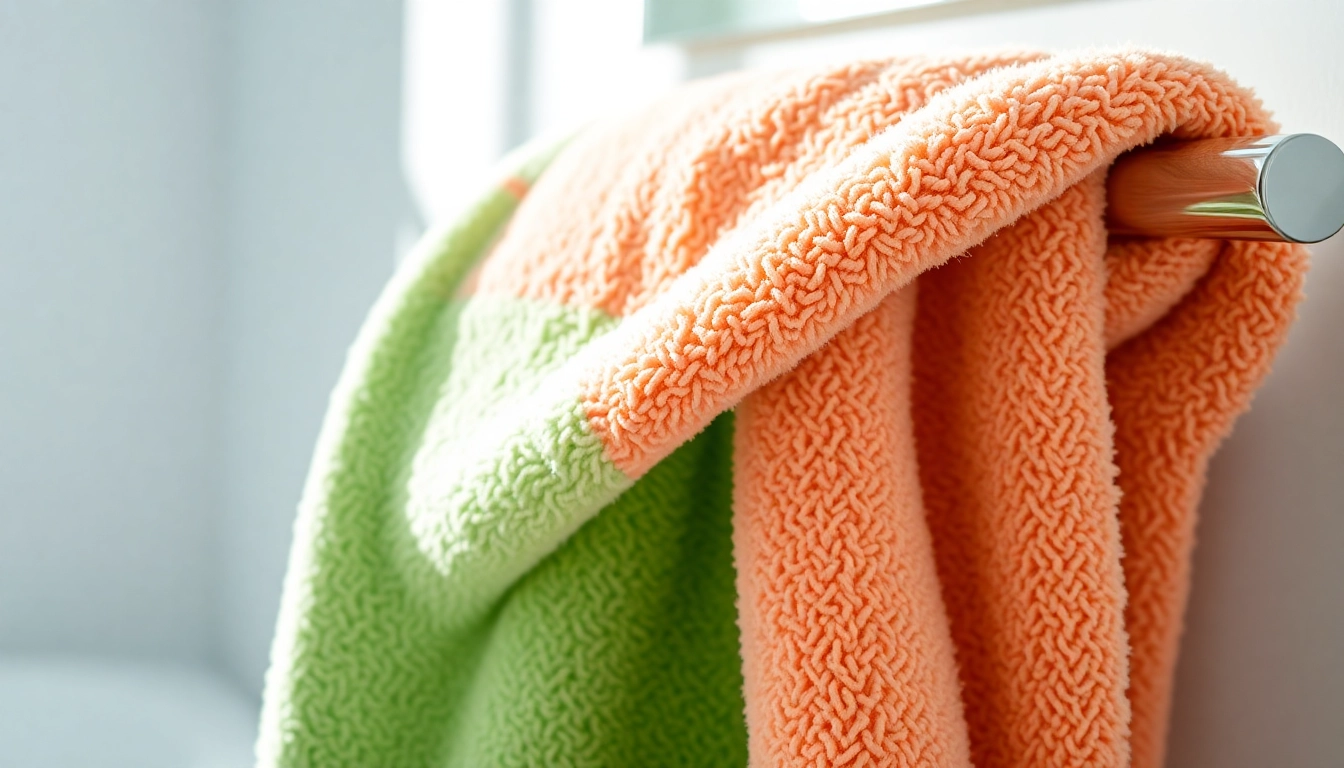Introduction to Tappeto Persiano Milano: Heritage and Beauty
Milano, renowned as Italy’s fashion and design capital, also boasts a rich heritage of appreciating exquisite interior decor, including the timeless beauty of Persian carpets. The Tappeto persiano Milano symbolizes a perfect blend of history, artistry, and luxury, making it a coveted choice for discerning homeowners and interior decorators alike. Persian rugs have long been revered worldwide for their craftsmanship, cultural significance, and unmatched aesthetic appeal, and Milano’s vibrant design scene continues to celebrate these ancient textiles through curated showrooms, reputable artisans, and passionate collectors.
Historical significance of Persian rugs in Milan’s interior design
Historically, Persia (modern-day Iran) has been a hub of exquisite rug-making traditions dating back over 2,500 years. These rugs were prized commodities along ancient trade routes, symbolizing wealth, status, and artistry. As Milano became a European nexus for luxury and craftsmanship, Persian carpets found their way into prestigious palaces, boutique hotels, and private collections. Over centuries, they became an integral part of Milanese interiors, cherished for their intricate designs and durable quality. Today, the historical ties still influence modern trends, with many high-end interiors incorporating authentic Persian rugs as focal points.
What makes authentic Persian carpets unique and desirable
Authentic Persian carpets distinguish themselves through their meticulous craftsmanship, natural dyes, and symbolic motifs. Each rug tells a story—whether depicting floral medallions, geometric patterns, or tribal symbols—crafted through hand-tying thousands of knots per square inch. The materials—primarily wool, silk, or a blend—are carefully selected for durability and luster. The authenticity, along with the age and provenance, significantly impacts their desirability and value. Collectors and interior designers seek these rugs for their cultural richness and lasting quality, making them a timeless investment that elevates any space.
Current trends and market demand for Tappeto persiano Milano
The demand for Persian carpets in Milano remains robust, especially among luxury homeowners and design professionals seeking authentic, statement pieces. Current trends highlight a fusion of traditional craftsmanship with contemporary aesthetics—think vintage Persian rugs in minimalist spaces or modernized motifs reinterpreted for modern decor. Market data shows an increase in online and boutique showroom sales, with buyers valuing provenance verification and sustainable sourcing. Moreover, the rise of interior styling that emphasizes heritage, warmth, and artisanal elements fuels ongoing market growth for genuine Persian rugs in Milano.
Choosing the Perfect Tappeto Persiano in Milan
Factors to consider: size, design, and material quality
Selecting the right Persian rug involves careful assessment of several factors. First, size: the rug must complement the room’s dimensions; larger rugs create a focal point, while smaller ones add accents. Next, design: motifs should harmonize with existing decor—geometric patterns suit modern spaces, while floral and medallion designs work well in classical interiors. Material quality is crucial; authentic Persian rugs leverage hand-spun wool, silk accents, and natural dyes, which offer richness in color and longevity. It’s imperative to verify the craftsmanship; hand-knotted rugs with a high knot density typically signify superior quality and durability.
Where to find reputable suppliers and showrooms in Milan
Milano is home to numerous reputable boutiques and showrooms specializing in Persian and Oriental carpets. For instance, Azerbaijan Tappeti Milano offers a wide selection, including authentic Persian pieces, custom options, and restoration services. Other notable venues include Artorient Milano, renowned for its eclectic collection and expert advice, and Toranj, which specializes in both sales and restoration of high-quality Persian rugs. When selecting a supplier, ensure they provide provenance certificates, transparent authenticity guarantees, and professional consultation to help you choose the optimal piece for your home or collection.
Tips for authenticating and valuing Persian rugs
Authenticating a Persian rug involves examining several key aspects:
- Material and craftsmanship: Hand-spun wool or silk and meticulous knotting are hallmarks of genuine rugs.
- Design and color: Natural dyes produce subtle color variations; synthetic dyes often look stark or uniform.
- Back examination: The knots should be visible and uniform; machine-made rugs lack this craftsmanship.
- Provenance and documentation: Certificates or origin labels add to a rug’s credibility and value.
Valuation considers age, rarity, condition, and craftsmanship, often requiring expert appraisal. Buying from reputable dealers who provide certification ensures an investment that maintains or appreciates over time.
Maintenance, Restoration, and Care for Persian Rugs
Best practices for cleaning and preserving your Tappeto persiano Milano
Proper maintenance preserves the beauty and value of your Persian rug. Regular vacuuming with a gentle brush attachment prevents dirt accumulation, which can degrade fibers. Avoid excessive moisture and direct sunlight exposure to prevent fading and fiber deterioration. Periodic professional cleaning—preferably annually—is recommended, especially for high-traffic areas. Use gentle detergents specifically designed for delicate textiles, ensuring the cleaning is thorough yet non-abrasive.
Professional restoration services and their benefits
Over time, even well-maintained Persian rugs may encounter wear, repairs, or fading. Professional restoration services in Milano can address these issues, including reweaving damaged areas, restoring colors, and reinforcing the structure of the rug. Expert restorers utilize traditional techniques, respecting the original craftsmanship, which not only prolongs the lifespan but also sustains the rug’s intrinsic value and aesthetic appeal.
Storing tips to maintain rug integrity over time
If you must store your Persian rug, roll it with the pile inward to prevent crushing fibers, and wrap it in breathable materials like cotton sheets. Keep it in a cool, dry, and dark environment to prevent mold, pests, or fading. Elevate the stored rug above the floor to avoid contact with moisture and pests, and avoid folding to prevent creases and damage.
Cost Insights and Investment Potential of Persian Carpets
Price ranges for genuine Tappeto persiano Milano
Authentic Persian rugs vary widely in price depending on size, age, complexity, and provenance. Typically, new rugs from reputable artisans can start around €1,000 for smaller, contemporary pieces. Antique or rare designs, especially those with silk content or from renowned regions like Ghom or Qum, can exceed €10,000. A mid-sized, well-preserved vintage rug might cost between €3,000 and €7,000, making it a significant yet valuable investment.
Luxury features and craftsmanship that affect value
Features such as high knot density (over 200 knots per square inch), intricate motifs, high-quality natural dyes, and silk accents notably affect value. Rugs with historical significance or from esteemed regions carry premium prices. The craftsmanship—hand-knotted vs. machine-made—remains the primary determinant of authenticity and worth. Maintenance and proper provenance documentation further enhance a rug’s long-term value as a collectible asset.
Why investing in a Persian rug adds long-term value to your home
Beyond their visual appeal, Persian carpets serve as durable investments that appreciate over time, especially with proper care. They add warmth, texture, and cultural depth to interiors, increasing property appeal. Moreover, with the rising global interest in artisanal and heritage crafts, owning an authentic Persian rug aligns with sustainable, meaningful luxury. Such investment pieces often become family heirlooms, increasing their sentimental and monetary value across generations.
Enhancing Your Interior with Authentic Persian Rugs
Design ideas for living, dining, and bedroom settings
Authentic Persian rugs act as versatile design anchors. In living rooms, they create cozy focal points under coffee tables or seating arrangements. Dining rooms benefit from medium-sized rugs beneath tables, adding elegance. For bedrooms, a plush Persian rug at the foot of the bed imbues warmth. Opt for contrasting colors or intricate floral motifs to introduce visual interest without overwhelming the space.
Combining Persian rugs with modern and classic decor
To harmonize Persian rugs with diverse interior styles, consider contrast and cohesion. Modern spaces benefit from minimalist furniture paired with richly patterned rugs to introduce texture. Conversely, traditional decor can be complemented with antique or regional rugs that echo historical authenticity. Layering rugs or creating a gallery wall of small Persian pieces can further personalize your interior setting.
Customer success stories and style inspirations in Milan
Many Milanese households have integrated Persian carpets into their design schemes, transforming ordinary rooms into luxurious retreats. For example, a chic apartment in Brera emphasizes a vintage Ghom rug paired with contemporary furniture, showcasing a successful fusion of old and new. Such stories highlight that selecting the right Persian piece, combined with expert placement and care, elevates any living space, creating a timeless aesthetic that resonates with Milan’s sophisticated style.



